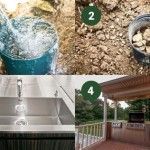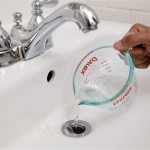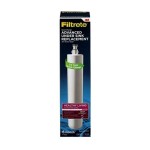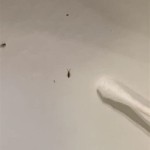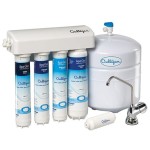Connecting a Water Hose to a Sink: A Step-by-Step Guide
Connecting a water hose to a sink is a common task for many homeowners, whether it's for watering plants, cleaning outdoor surfaces, or filling a bucket. While seemingly straightforward, there are several factors to consider to ensure a safe and secure connection. This guide outlines the necessary steps and considerations for connecting a water hose to your sink.
Essential Tools and Materials
Before embarking on the connection process, gather the following tools and materials:
- Water hose: Select a hose suitable for your intended use, considering length, durability, and material.
- Hose connector: A standard male garden hose connector compatible with your hose and sink faucet.
- Faucet adapter: Depending on your faucet type, you may need an adapter to connect the hose connector.
- Wrench (optional): A wrench may be required to tighten or loosen fittings.
- Teflon tape (optional): Teflon tape helps create a watertight seal on threaded fittings.
- Bucket or container (optional): A bucket can be used to catch any residual water from the faucet.
It's important to choose the right type of hose connector for your faucet. There are various designs available, including the common threaded connector, quick-connect fittings, and specialized adapters for specific faucet styles. Refer to your faucet instructions or consult with a hardware store specialist for the appropriate connector.
Steps to Connect a Water Hose to a Sink
The following steps provide a general outline for connecting a water hose to a sink. Specific steps may vary depending on your faucet type and connector configuration.
- Turn off the water supply: Locate the water shut-off valve for your sink, typically found under the sink or on the wall. Turn the valve to the closed position to prevent water from flowing through the faucet.
- Remove the aerator: Gently unscrew the aerator from the end of the faucet spout. This small, mesh-like device filters water and creates a smooth stream. Removing it provides access to the threading for the connection.
-
Connect the faucet adapter:
If your faucet requires an adapter, thread it onto the faucet spout. Ensure it's securely attached and free of any leaks. - Attach the hose connector: Thread the hose connector onto the faucet adapter or directly onto the faucet spout if no adapter is required. Tighten the connector by hand or using a wrench, but avoid over-tightening, which could damage the fittings.
- Wrap Teflon tape (optional): Wrap two to three layers of Teflon tape around the threads of the hose connector, creating a watertight seal. Begin wrapping at the end of the threaded portion and wind in the direction of the threads.
- Connect the hose: Insert the free end of the water hose into the hose connector. Ensure the connector is securely attached to the hose for a leak-free connection.
- Turn on the water supply: Slowly open the water shut-off valve to allow water to flow through the faucet and hose.
- Check for leaks: Carefully inspect the connection points for any leaks. If any leaks are present, tighten the fittings further or reapply Teflon tape, as needed.
Safety and Maintenance Considerations
Connecting a water hose to a sink requires careful consideration for safety and maintenance. Here are some important points to remember:
- Never force fittings: Tighten fittings by hand or using a wrench, but avoid excessive force. Over-tightening can damage the fittings and cause leaks.
- Avoid cross-threading: Ensure the threads on the connector and faucet align correctly when attaching them. Crossing the threads can damage the fittings.
- Inspect for leaks: Regularly inspect the connection points for any leaks. Leaks can cause water damage and create safety hazards.
- Disconnect the hose when not in use: Always disconnect the hose from the faucet when not in use to prevent damage to the fittings or leaks.
- Use appropriate pressure: Consult your hose and faucet specifications to ensure the connection can handle the intended water pressure.
- Keep the connection area clean: Regularly clean the connection points to remove dirt and debris that can cause leaks or block water flow.
Connecting a water hose to a sink is a simple yet essential task for many homeowners. By following these steps and considering safety and maintenance best practices, you can enjoy a reliable and leak-free connection for various household needs.

Easy How To Hook Connect A Hose Faucet Sink Yourself

How To Attach A Garden Hose Kitchen Faucet Easy Diy

How To Hook A Garden Hose Your Indoor Faucet De Ice Deck Thaw Containers Raised Beds Early

How To Attach A Garden Hose Kitchen Faucet Easy Diy

How To Connect Faucets With Supply Tubes The Home

How To Install An Outdoor Sink Faucet

How To Use Garden Hose With Indoor Faucet

How To Connect Faucets With Supply Tubes The Home

Brass Sink Faucet To Garden Hose Adapter Ceaeso Kit With Aerator Multi Thread For Male Female Connectors Yahoo Ping

How To Build An Outdoor Sink Hometalk
